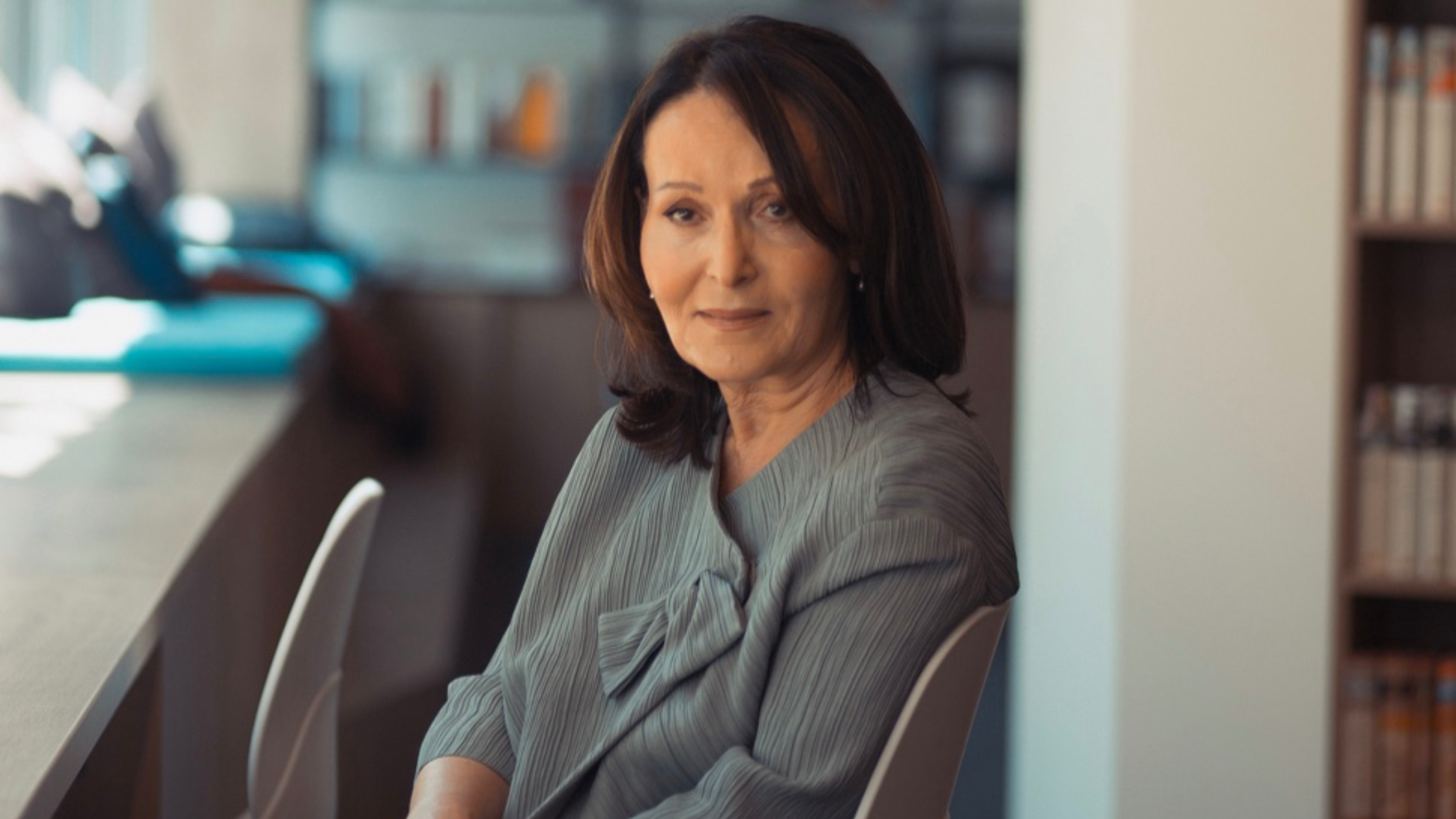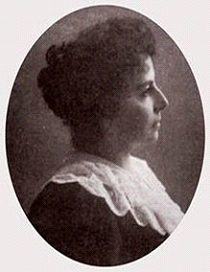Akimova (Hekimyan), Sofya Vladimiri
Dramatic Soprano, Teacher, Professor
1887‑1972

Born in Tiflis, she graduated from the Russian gymnasium in Tiflis and went on to study music in Leipzig, graduating from the Conservatory there with a diploma of first degree in 1909. Her voice was developed and refined under the guidance of Russian Imperial opera singers M. A. Slavina and S. M. Mirovich. From 1913 to 1929 Akimova was a soloist with the St. Petersburg Marinin’s Opera and Ballet Theater, which was later renamed the Leningrad Opera and Ballet Theater after S. M. Kirov. From 1919 to 1925 and from 1929 to 1952 she taught in the Leningrad Conservatory.
Akimova’s musical taste was greatly influenced by the family culture. As she herself mentioned, she was born and raised in a conservative traditional Armenian home. Her father was the principal of the Tiflis State Opera Theater for 15 years. Her mother Maria Korganova, coming from the famous Korganov musical family, was a singer, and received her education in Europe. Sofia Akimova always remembered her mother with utmost gratitude. She was also deeply influenced by the artistry of famous Armenian singers Nadejda Papayan and Yelena Teryan-Korganova.
Sofya performed on the opera stage for the first time in 1913 and already during her first round she sang 24 times, charming the spectators with her art. She was considered to be the best woman lead in Wagner’s operas: Elizabeth (“Tannhauser”), Elza (“Lohengrin”), Brunhilda (“Siegfried”), Sieglinde (“The Valkyrie”), Gutrune (“Twilight of the Gods”), as well as Russian composers: Mussorgsky (“Boris Godunov”), Tamara (“Demon”).
In concerts she portrayed appropriate roles in Wagner’s “Tristan and Isolde” and “The Flying Dutchman,” Mozart’s “Requiem,” and Handel’s “Samson.” Her repertoire always included pieces by Armenian composers (especially Komitas, Spendiaryan, Melikyan).
Sofya Akimova died in Leningrad.
Living far from the Armenians, she never lost her sense of her national identity and pride. In an interview during the last years of her life she said: “I have tried to be a worthy daughter to my nation during my whole life, gaining the respect of my colleagues and pupils. Take my regards to my compatriots.”
Prepared by the Central State Archives, Republic of Armenia
Bibliography:
Theatre Encyclopedia, v. 1, Moscow, 1961.
Soviet Armenian Encyclopedia, v. 1, Yerevan, 1974.
Soviet Art (monthly), No. 6, 1969, Yerevan.
- Stepanyan, Biographical Dictionary, v. 1, Yerevan, 1973.
Encyclopedia of the Republic of Armenia, v. 1, Yerevan, 1990.



